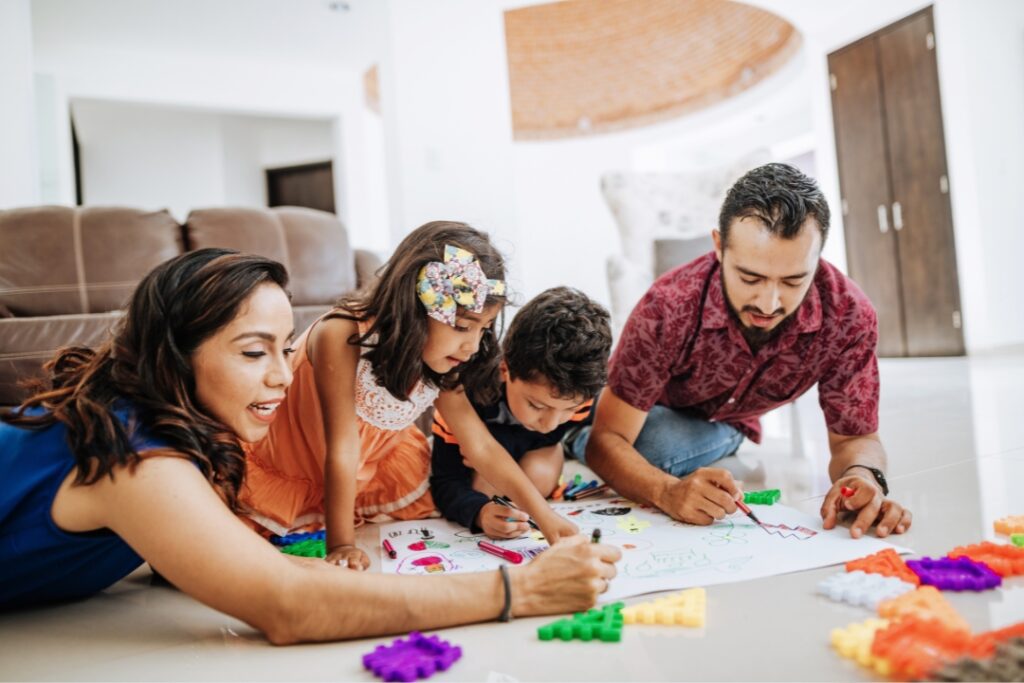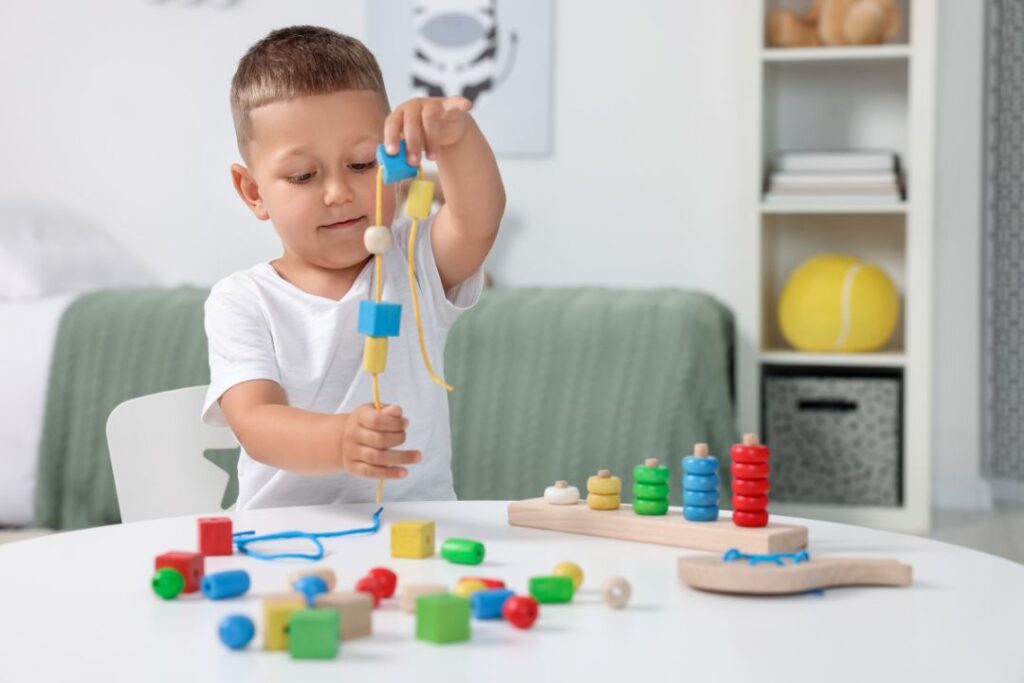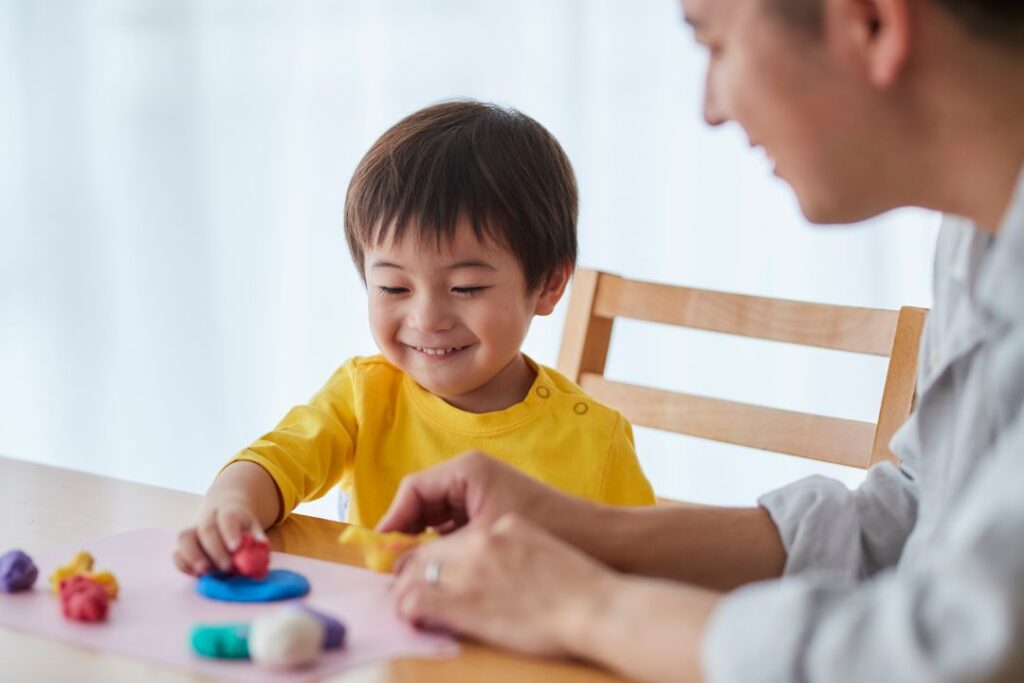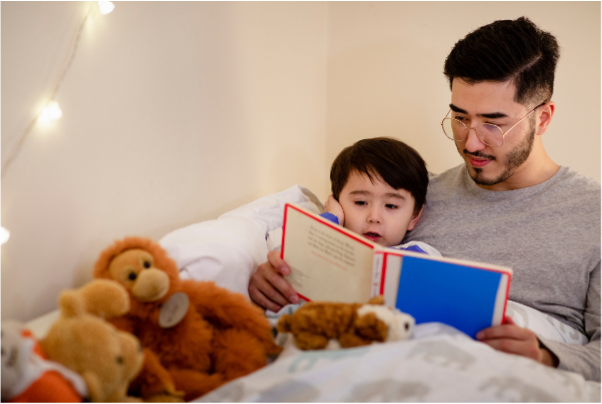Author: Tayla Gabin, Paediatric Occupational Therapist
4 min read
Have you noticed a child who often bumps into things, seems clumsy, or struggles to sit still? These behaviours may signal challenges with body awareness in children, also known as proprioception.
Body awareness helps children understand where their body is in space without needing to look. It supports confident movement, focus, and a sense of safety in their surroundings.
As paediatric occupational therapists, we often see how essential this hidden sense is for a child’s daily life.
What Is Proprioception?
Think of proprioception as the body’s internal GPS. It tells the brain where our limbs are and how they are moving, using messages from muscles and joints.
It’s how you can touch your nose with your eyes closed. Children use proprioception to climb stairs, sit upright, or hold a pencil with just the right pressure.
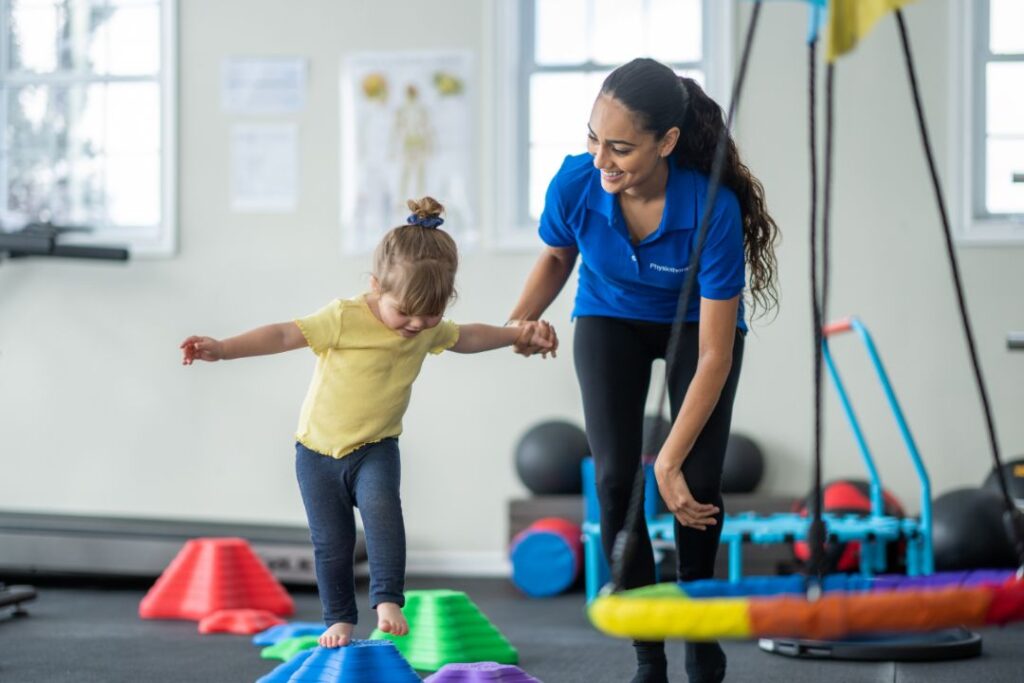
Signs of Poor Body Awareness in Children
Some children have difficulty processing proprioceptive input. Signs may include:
- Bumping into people or furniture
- Seeming floppy or slouching often
- Using too much or too little force (e.g., breaking toys or writing faintly)
- Seeking crashing, jumping, or tight squeezes
- Struggling with tasks like buttoning clothes
Why Body Awareness in Children Matters
When kids don’t have a strong sense of where their body is, even simple tasks can be overwhelming. This can lead to:
- Avoiding physical play
- Trouble focusing at school
- Challenges with confidence and self-esteem
For example, a child who can’t sit still comfortably might miss parts of a classroom lesson. Another who feels clumsy may avoid sport, leading to social exclusion.
How Occupational Therapy Can Help
Occupational therapy supports body awareness in children through movement and play. Here are a few strategies we use:
1. Proprioceptive Activities (Heavy Work)
Activities like pushing, pulling, lifting, or jumping help organise body input and improve awareness.
Try at home:
- Animal walks (bear or crab walk)
- Carrying shopping bags
- Playing on playground equipment
- Wheelbarrow walking
2. Body Mapping and Movement Games
Games that involve identifying body parts or moving in different directions build spatial awareness.
Examples:
- Simon Says
- Twister
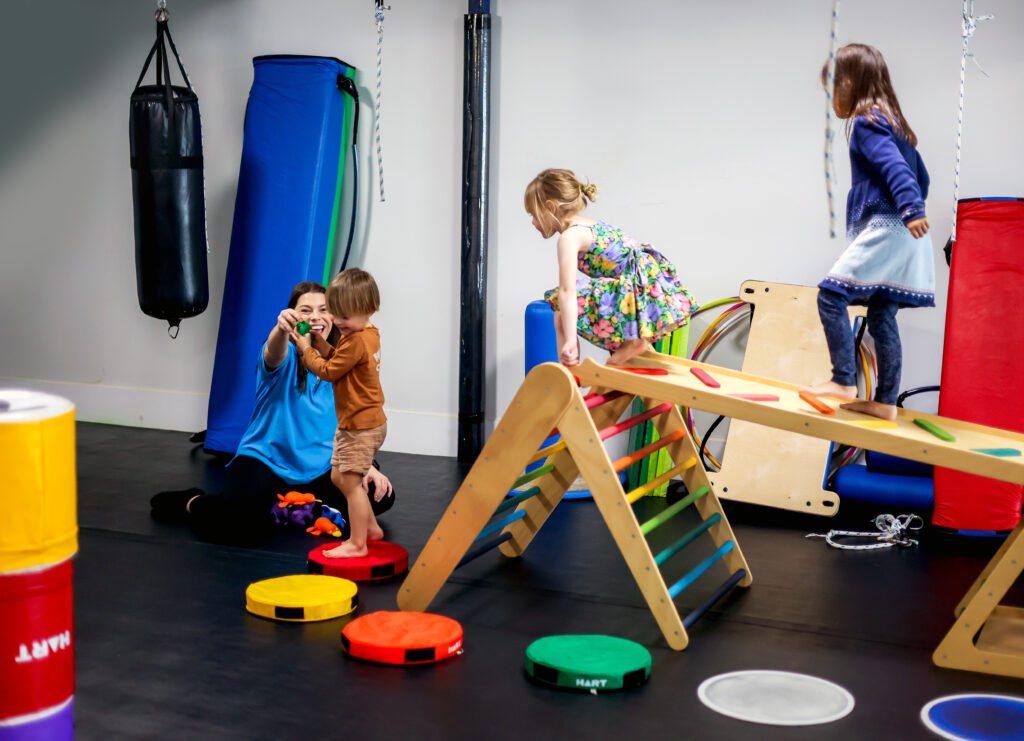
3. Creating Sensory-Smart Spaces
For children who feel overwhelmed, calming environments with soft lighting, predictable routines, and quiet zones can support regulation.
Building Confidence Through Connection
We use a neuroaffirming, relationship-based approach. That means we honour each child’s unique way of processing the world and never push them to “try harder.”
Instead, we create conditions for their nervous systems to feel safe and regulated. From that place, they can learn, grow, and play with confidence.
When to Seek Help
If your child shows ongoing signs of poor body awareness, it’s okay to ask for support. Early intervention can lead to big gains in confidence and function.
A paediatric occupational therapist can assess your child and develop a plan tailored to their needs—with lots of fun along the way.
Final Thoughts
Body awareness in children may be invisible, but its impact is far-reaching. By supporting proprioception through play, movement, and connection, we help children feel more grounded, capable, and confident.
Together, we can help them answer that essential question: “Where am I in space?”
If you feel like your child is struggling with body awareness, talk to an occupational therapist for further guidance. Contact MoveAbout today. Check out our Facebook and Instagram pages for more education regarding sensory processing and regulation.
